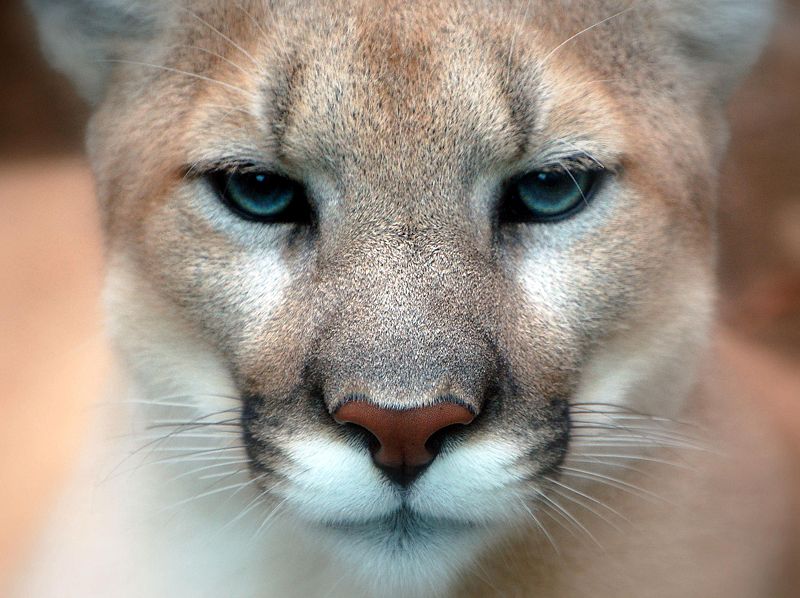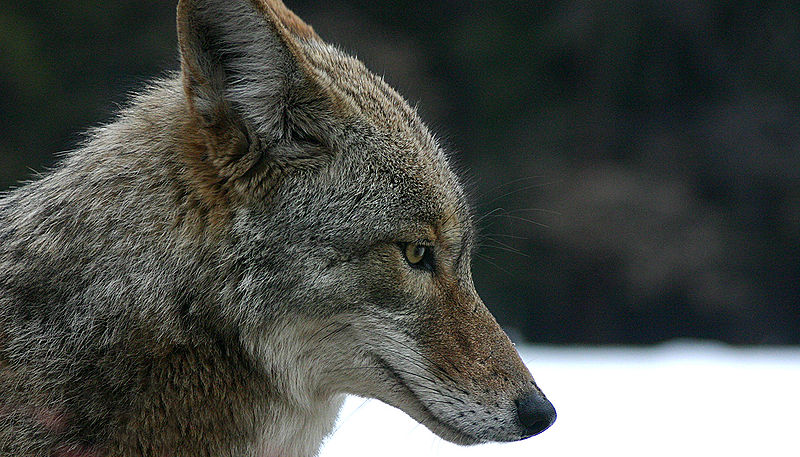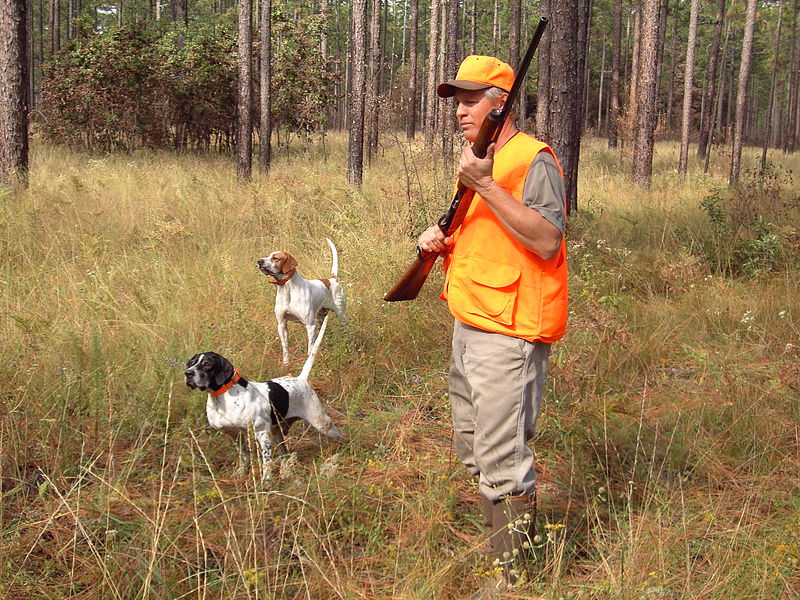
Interactions with Other Species
Predators:
The Columbian black tailed deer has many predators that would love
to take a chunk out of them. The major predators that the black
tailed deer are the Coyote (Canis
latrans), mountain lions (Puma
concolor), grey wolves (Canis
lupus), bobcat (Lynx rufus), brown bears (Ursus
arctos), American black bear (Ursus
americanus), and humans. (Innes 2013).
All of these predator are extremely dangerous and built to hunt.



Parasitism and Commensalism:
Beside of all of the predators that the black tailed deer can see there are a lot of unseen harms that they cannot see. Black tailed deer are attacked daily by parasites (Innes 2013). They have many bacterial parasites that can cause illness or mortality (Innes 2013). Even though the deer are attack daily they help other animals without even knowing it. The black tailed deer help mice, squirrels, horses, and porcupines (WDFW 2013). They accomplish this by dropping their antlers each year. These animals will chew on the dropped antlers (WDFW 2013). This sharpens the animals’ front teeth and supplies them with calcium, phosphorus, and other minerals (WDFW 2013). This shows how the black tailed deer keeps the ecosystem healthy without even trying.
Hunting:
In some
hunters opinion, the Black tailed deer is the trickiest deer to
hunt (Gibson 2001). The reason behind why the black tailed deer are so hard to
hunt is because of the time of the hunting season. (Gibson 2001).
The hunting season occurs every year for two to three weeks
(Misuraca 1999). The time of the hunting season depends on the state
(Gibson 2001). The hunting season benefits both the deer and
the economy(Misuraca 1999). Hunting lowers large deer populations and riase
economies in small hunting towns (Misuraca 1999).
Refresh your memory on the Reproduction page or continue on and learn some new Facts.